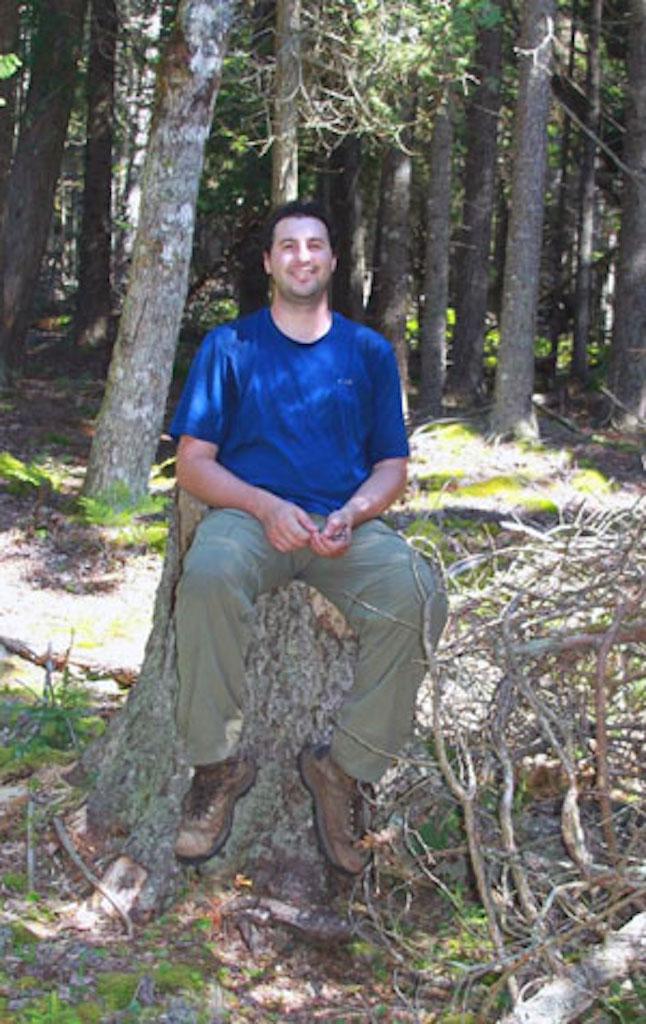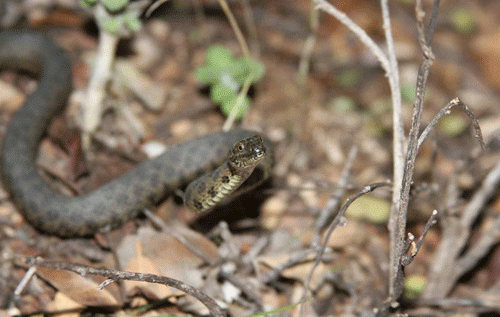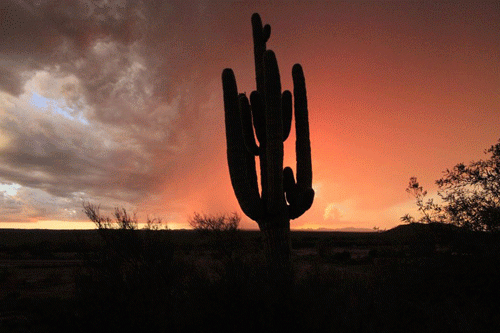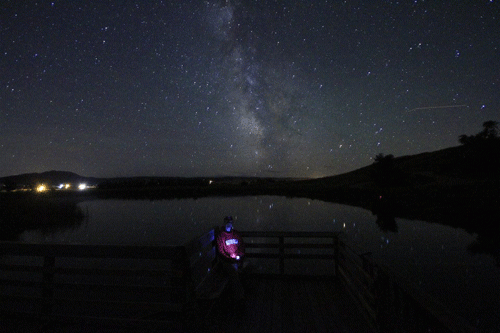Brian Blais
Past Graduate Student

-
ENR2
1064 E Lowell St
Tucson, AZ 85719
Project title: Linking field ecology with zoo-based conservation: Gartersnakes (Thamnophis spp.) as models for conservation in the Southwest
Background/brief project description:
Effective conservation management involves both collaboration and collection of a broad array of information about a focal species. A better understanding of the ecology, physiology, behavior, and life history of a species leads to more informed decision making. When focal taxa are imperiled or otherwise hindered by limitations, a shift towards “surrogate” species—more common taxa with similar natural history to rare taxa—can provide invaluable inferences about sensitive species. Gartersnakes represent excellent models for answering an array of ecological questions, especially in riparian systems—gartersnakes are sensitive to alterations of habitat, surface water, and trophic levels and, thus, are ideal taxa to investigate how biotic and abiotic changes in riparian ecosystems may broadly impact wildlife.
The narrow-headed gartersnake, Thamnophis rufipunctatus, is a semi-aquatic, fish-eating specialist endemic to stream riparian areas of the Mogollon Rim region in Arizona and New Mexico. Population declines attributed to habitat loss, forest fire effects, and competition/predation by non-native species have resulted in T. rufipunctatus listed as threatened under the endangered species act in 2014. Many aspects about this scarce reptile remains sparsely known, and deeper insights into its ecology, behavior, and various life history information can better inform conservation decisions. A multi-partnered gartersnake conservation working group, including the Arizona Center for Nature Conservation/Phoenix Zoo, are dedicated to bolstering populations through conservation breeding, adaptive learning, and reintroduction monitoring.
My wildlife conservation and management research at the University of Arizona bridges field biology with zoo-based conservation. Specifically, this involves collaboration with the Phoenix Zoo’s conservation team to facilitate science-based evidence to support recovery and conservation of narrow-headed gartersnakes. Zoo-based conservation offers unique opportunities to study behavior, physiology, and life history traits at the ex situ level to better understand and systematically address conservation questions at the in situ level. This ex situ–in situ information exchange promotes communication, fosters relationships, and advances conservation. Narrow-headed gartersnakes at the Phoenix Zoo are managed in semi-naturalistic settings—facilitating natural behaviors and sociality—all while allowing for deeper yet discrete observations. These data include detailed growth, courtship, and reproductive patterns—many of which are difficult to record in the wild. I use zoo-derived information and apply it in the field to better improve field-based gartersnake surveys. In turn, I share information about gartersnake spatial ecology, microhabitat usage, and other natural history observations acquired in the field back with the zoo so they can adaptively enhance naturalistic parameters to maintain successful propagation and preparation for gartersnake population replenishment.
Currently, I am monitoring the spatial ecology of both common and rare gartersnakes in Arizona to understand their distribution and landscape use. I do this through radio telemetry tracking at the ground level and ecological niche modeling at the geographic level. For radio telemetry, we employ a non-invasive application by using duct tape to hold a small transmitter in place on a snake’s ventral (belly) surface. After time, the transmitter comes off when the snake sheds—allowing us to reacquire the transmitter and attach it to another snake. Between work at the Zoo learning about behavior and physiology and field-based spatial ecology and microhabitat usage, these methods are broadly applicable to a wide variety of taxa. This work presents another example of how collaboration among multiple stakeholders, especially ex situ zoological organizations, can advance best practices for wildlife conservation management applicable across a wide variety of taxa.
See more about my research endeavors here.
Major questions:
1) What can be gained from adaptive ex situ management and can zoo-based data advance conservation knowledge? Case study with narrow-headed gartersnakes.
2) What is the spatial and behavioral ecology of Thamnophis gartersnakes in Arizona and which characters influence microhabitat selection?
3) Can novel, non-invasive techniques yield beneficial information for spatial ecology and population monitoring?
4) How reliant on water are gartersnakes in a warming and drying Arizona?
Personal background:
Brian has interests in spatial and behavioral ecology, zoo conservation, natural history, and wildlife conservation management. Originally from Connecticut, Brian grew up splashing through creeks and swamps catching frogs that eventually led to various wildlife jobs to accrue experience. These endeavors include bat population monitoring, imperiled shorebird conservation, amphibian disease ecology, and public engagement. Determined to work with the species on the cover of his first snake book, Brian earned a MSc degree in integrative genomics at Black Hills State University (SD) developing a genomic phylogeography of the smooth greensnake. Brian has been fortunate enough to travel to many amazing places—he observed treefrogs, leaf-cutter ants, and capybara in Peru, admired wallabies and eagles in the Australian Outback, and wrote a story about whales and public engagement stemming from a voyage through Seattle’s Puget Sound. For fun, Brian enjoys cooking, traveling, and stopping on roads to allow animals to safely cross.
Thamnophis marcianus_Sabino Creek.jpg





